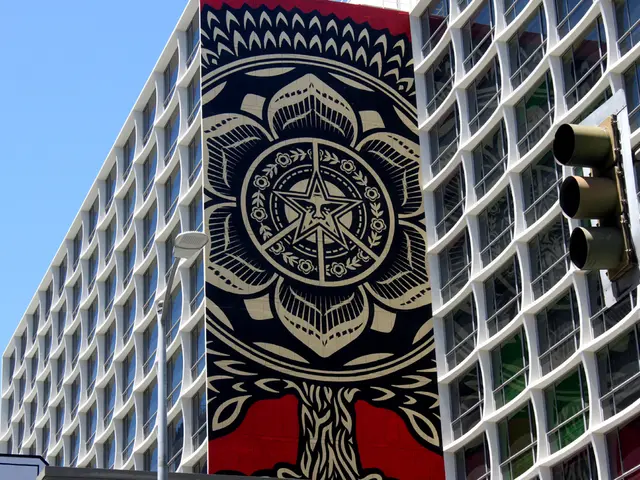Air traffic control in Newark experienced communication loss with pilots on at least two prior occasions, according to a confidential source.
Air Traffic Controller Crisis Persists at Newark International Airport
A recent mainstream media report reveals that communication breakdowns, leaving air traffic controllers lost without radar and radio contact with pilots bound for Newark Liberty International Airport, have occurred more than twice since August. Moreover, this situation has happened at least eight to nine times within recent months.
An anonymous Newark airspace controller expressed their concern, stating, "We lost all radios! No backups! Everything went down." The Federal Aviation Administration (FAA) has yet to comment on the matter.
Last week, air traffic controllers in Area C of the Philadelphia TRACON lost communication, nearly resulting in a disaster that is now under investigation. In response, Transportation Secretary Sean Duffy mentioned that contact was lost for 30 seconds, assuring that no planes were in danger of crashing. However, estimates have risen to 90 seconds since then.
New York Senator Chuck Schumer addressed the danger, stating, "That's 90 seconds of a wholly filled-up sky of planes literally flying blind over one of America's busiest airports. Thank God nothing happened, but we tempt fate if no changes are made."
To further illustrate the gravity of the situation, recordings released by LiveATC.net illuminate how controllers and pilots managed the crisis to avert a potential catastrophe outside one of the nation's busiest air travel hubs. However, the exchange between the air traffic controller and the pilot does not reflect the fear that controllers experienced at the time, as they tried to safely guide 15 to 20 flights with multiple planes flying "in the dark."
Meanwhile, travelers are still facing operational challenges at Newark Airport, with incoming flights being delayed by more than four hours on certain days. To cope with the absence of air traffic controllers on 45-day trauma leave, the FAA is attempting to hire replacements. However, the process of training and deploying fully-qualified controllers takes time, exacerbating the situation.
The FAA moved air traffic controllers responsible for Newark's flights from Long Island to Philadelphia last year, aiming to reduce the workload of the controllers handling traffic for New York City's major airports. The understaffing issue is a persistent concern across the country, with more than 3,000 vacant positions nationwide, according to the Transportation Secretary.
In reaction to the issue, the Department of Transportation plans to roll out a strategy offering incentives to attract and retain qualified personnel, such as graduation bonuses, relocation bonuses, and full certifications to honor their service. Moreover, the FAA must also improve the reliability of communication in the New York City area.
In brief, the air traffic controller crisis has plagued Newark, demonstrating the urgent need for staffing and modernization initiatives. While steps are being taken to address the problem, travelers may continue to face operational challenges in the near term. To stay informed about the status of Newark Airport, check the FAA's official website for updates.
- The air traffic controller crisis at Newark International Airport has been aggravated by communication breakdowns that have occurred more than twice since August, affecting at least eight to nine times in recent months.
- In the midst of this persisting crisis, travelers are experiencing operational challenges, with incoming flights being delayed by over four hours on certain days.
- In an effort to cope with the absence of air traffic controllers on 45-day trauma leave, the Federal Aviation Administration (FAA) is trying to hire replacements, but the training and deployment of fully-qualified controllers takes time.
- To alleviate the crisis, the Department of Transportation plans to roll out strategies offering incentives, such as graduation bonuses, relocation bonuses, and full certifications, to attract and retain qualified personnel.
- The FAA, in response to the crisis, must also focus on improving the reliability of communication systems, especially in the New York City area.
- The general news and crime-and-justice industries have been actively reporting on this air traffic controller crisis, highlighting its potential impact on the transportation industry and the nation's finance sector.










